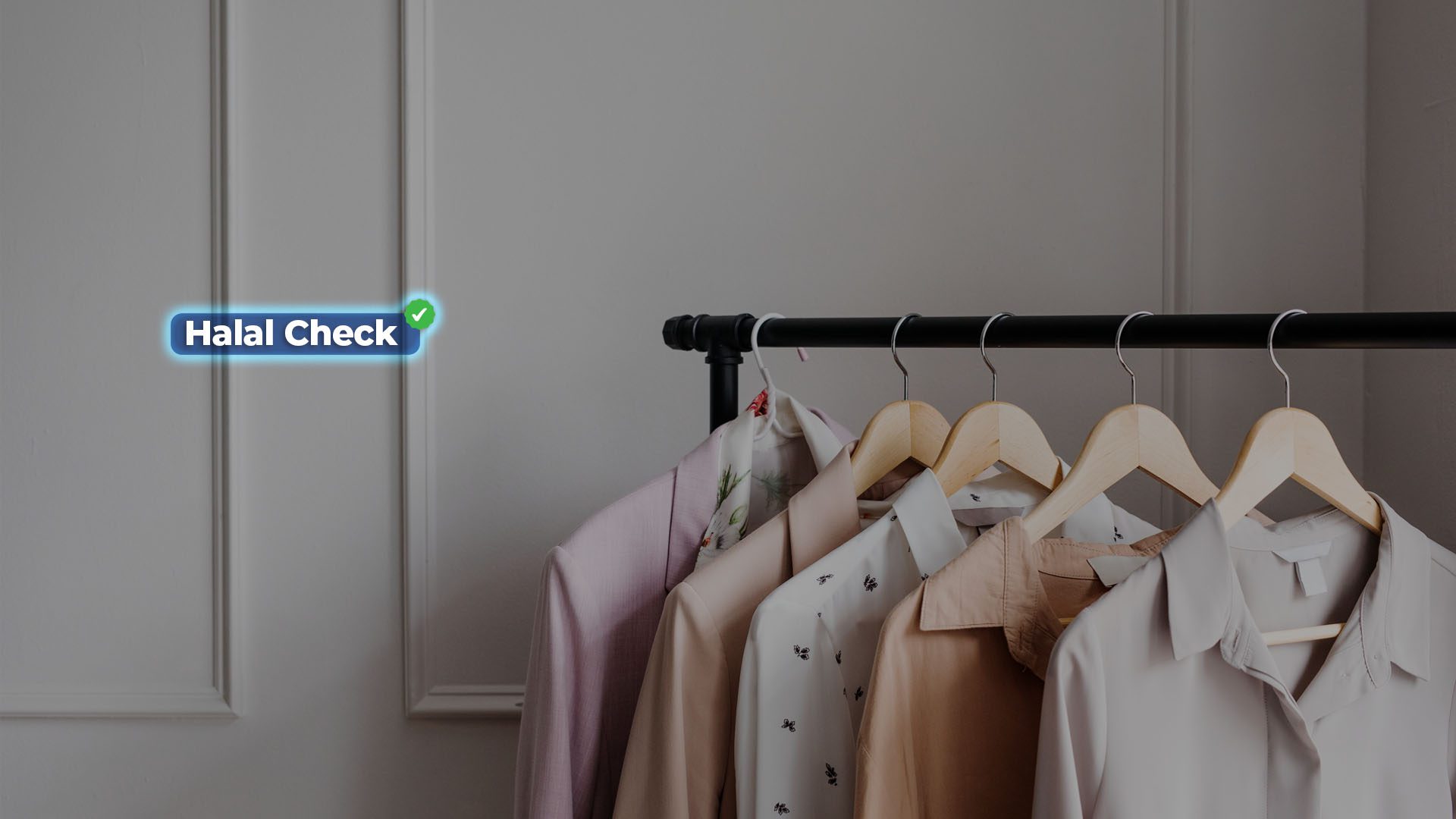Improve Product Safety and Quality with Calibration
Calibration of measuring instruments needs to be done to ensure the measurement results are accurate. The results of this measurement will indicate the quality and safety of a product.
Usually, this is done in research and product development, both in the medical and other fields.
If there is an error in measurement, there will be fatal effects. For example, the product being made will be damaged, the research results will be chaotic, or even pose a risk of danger to its users.
What is Calibration?
The calibration process is the stage used to verify if the measuring instrument is in accordance with its design, function and specifications. With calibration, you will be able to find out the difference in the results between one measuring instrument and another.
Benefit of Measuring Instrument Calibration
The benefits of the calibration process for measuring instruments are:
1. Meet National and International Standards
Calibration aims to ensure that the measuring instrument you have meets national and international standards.
2. Reducing the Risk of Failure
Calibration can reduce the level of risk of failure in production. In contrast to tools without calibration, there will be deviations in the measurement process and results. This can make production fail or experience defects.
3. Improve Accuracy
By calibrating a measuring instrument, you ensure that the equipment can provide precise and accurate results, so that the product is of superior quality.
4. Save Costs
Periodic calibration will help you to save on audit fees, because all measuring equipment is up to standard. Different when not doing the calibration process. The measuring tool may have deviations and the results will not be accurate. In the worst case, product quality will decline, and the company may experience significant losses.
When Is Measuring Calibration Required?
Basically, each tool has a different function. Over time, the tool may start to wear out and experience a decrease in performance. So, it is important to calibrate measuring instruments to maintain the function and performance of the tool.
In addition, calibration is also required for product and equipment quality management. This is in accordance with ISO 9000. PT SUCOFINDO has a KAN-BSN accredited calibration laboratory that has received a calibration certificate number LK-023-IDN. So there’s nothing wrong with entrusting the calibration process of your company’s measuring instruments with the Sucofindo team.
However, before carrying out the calibration, it is better to do some checking of the tool, namely:
1. New Equipment
Equipment that is still new also needs to be calibrated to ensure that it is still in good condition and that all functions are working as they should.
2. Completely Installed Equipment
Calibration of medical laboratory equipment also needs to be done on equipment that has finished the installation process. The goal, to ensure the installation process has been carried out correctly.
3. Equipment Still in Operation
Equipment that is still in use will wear out faster, so it is necessary to calibrate periodically to ensure that the tool is still functioning properly and produces an accurate value.
Periodic calibration times can be adjusted to each company. You can consult a consultant to determine the right calibration time.
4. Repaired Equipment
Occasionally, the tool is damaged. So, after the repair process, the tool must be immediately calibrated to ensure its function is running according to standards.
5. Equipment with Expired Calibration Period
Calibration must be done periodically. So, once the calibration period is up, immediately repeat the calibration process. Make sure, the results are precise and according to international standards.
6. Equipment with Abnormalities, Even though the Calibration Period Has Not Expired
There are tools that experience irregularities in producing results. So, this tool needs to be calibrated immediately.
7. Equipment Observation Results are Still Questionable
Even though the tool is not damaged, the calibration period is still there but the results are still being questioned by all team members, so a new calibration process must still be carried out.
5 Examples of Laboratory Equipment that Need to be Calibrated
Well, in the industry there are examples of tools that need to be calibrated periodically, including:
1. Analytical Balance
Calibration of medical laboratory equipment on analytical balances is very important. Because, this tool is used to determine the dosage of ingredients. Generally, this tool needs to be calibrated every month or once a year.
2. Micropipette
This tool is used to transfer small amounts of liquid from one container to another. Micropipettes can experience a decrease in performance, so it is necessary to calibrate them within a certain time.
3. Laboratory Ovens
Laboratory oven tools are useful for drying or heating samples. This tool also needs to be calibrated periodically to maintain its performance.
4. Centrifuge
Centrifuge is used to separate cell organelles at high speed. So that the performance does not decrease, it is necessary to calibrate it every time.
5. Spectrophotometer
Calibration of the spectrophotometer plays a role in maintaining accurate absorbance or transmittance measurement results.
To make it easier to calibrate medical laboratory equipment, you can use the services of a consultant such as Sucofindo. You can conduct training on calibration, consult about the right time to calibrate each tool, and ask for help in the calibration process itself. So, immediately contact the Sucofindo team and collaborate right now.
For more information on testing and analysis services and the Health Sector. You can read our article here. If you and your company need further information regarding our services, contact and consult about it here.








